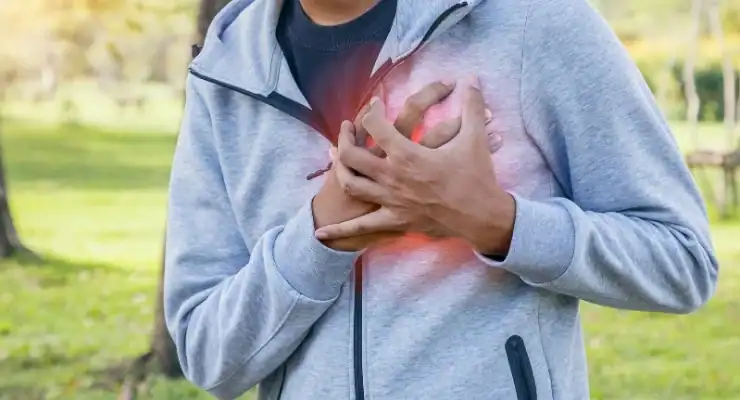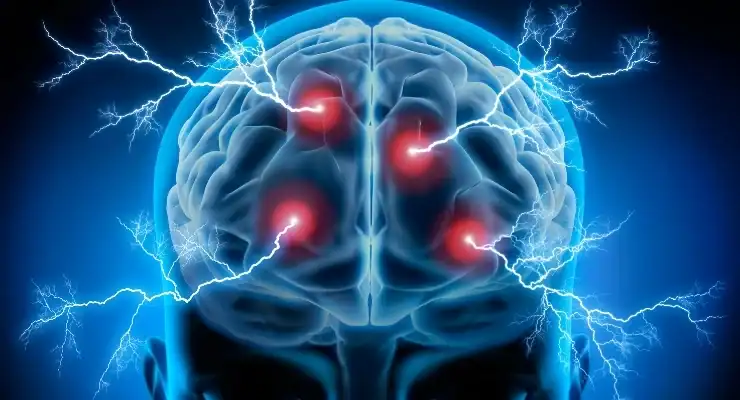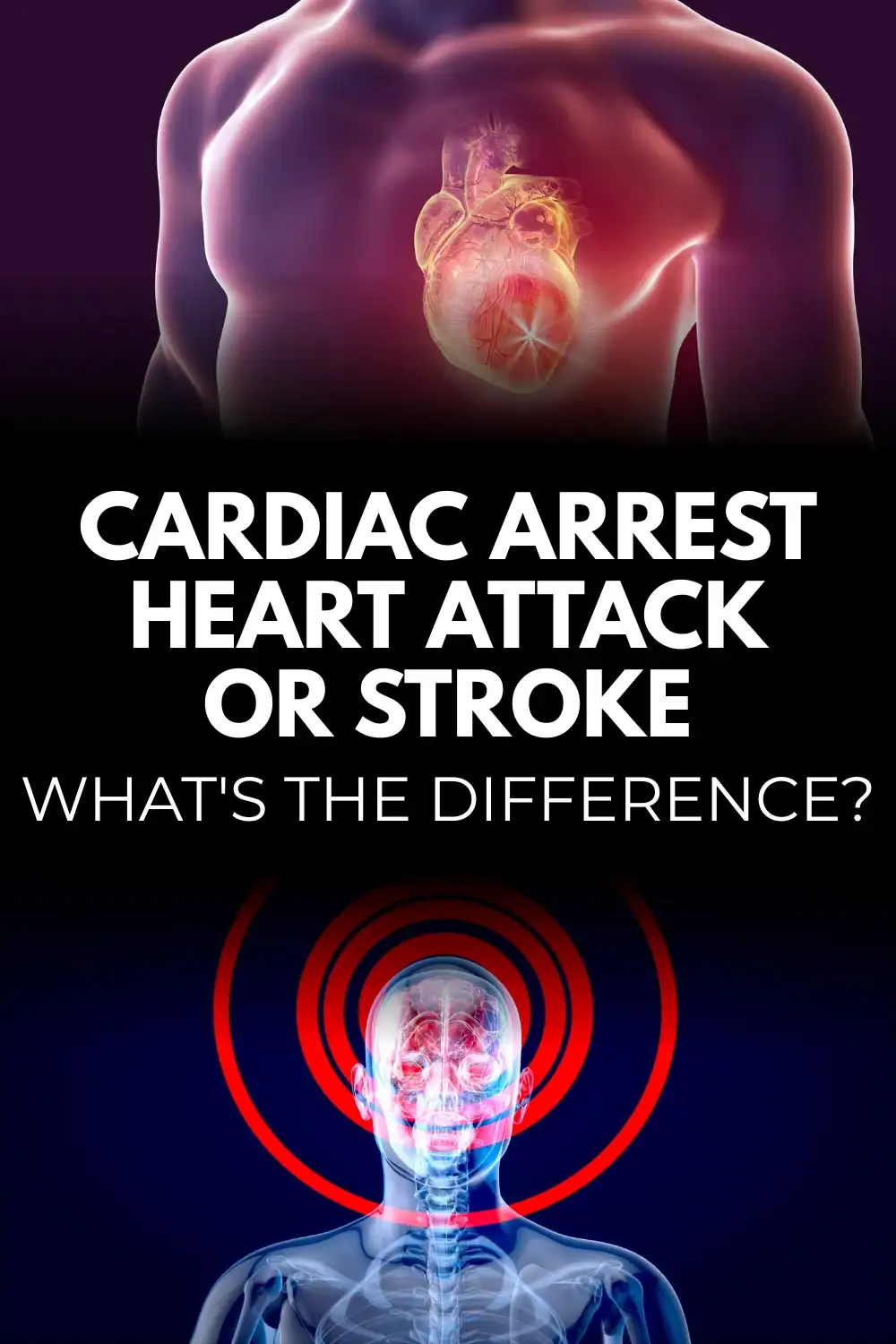When seconds matter, every moment counts.
But would you know what’s really happening?
Is it a heart attack?
Maybe cardiac arrest?
Or could it be a stroke?
The three conditions present identical external appearances at first but their internal structure remains distinct.
The difference between saving someone’s life depends heavily on proper identification of their condition.
Why Knowing Matters
The modern world presents stressful conditions alongside quick life pace and medical emergencies that occur frequently than anyone would like to experience.
Being at work or shopping or spending time with family members means that proper identification of warning signs could turn you into the rescuer of the situation.
Because…
- Heart attacks need blood flow restored
- Cardiac arrest needs CPR, immediately
- The treatment for stroke requires urgent clot-busting measures
And if you get it wrong?
Time lost in emergency situations can result in brain damage as well as organ failure which sometimes leads to death.
What You’ll Learn
- Understanding the actual body processes that occur during these medical events
- The warning signs to never ignore
- Learn the correct emergency response which could end up being a life-saving measure
Let’s break it down…
What is a Heart Attack?
One essential fact must be established, heart attack and cardiac arrest describe two different medical conditions.
Even though people often mix them up, they’re very different when it comes to what’s happening inside your body.

What’s really going on?
A heart attack occurs when the heart receives insufficient blood flow because of blockage.
Think of it like a traffic jam in your arteries.
Even though the heart muscle continues to beat it does not receive adequate oxygen.
This condition leads to major injuries that require immediate medical treatment.
What causes it?
- Plaque buildup (that sticky cholesterol stuff lining your arteries)
- A blood clot that gets stuck and shuts down blood flow
- Narrowed arteries from years of unhealthy living
What it might feel like
- Heavy pressure or squeezing in the chest
- Painful sensations that radiate from the left arm to the neck, jaw or extend to the back
- Shortness of breath combined with dizziness or feelings of fainting occur
- Cold sweats, sudden nausea, or that gut feeling that something’s wrong
Important note: Not all heart attacks look like the movies.
Some are “silent”, especially in women. So don’t ignore even mild symptoms.
What should you do?
- Call emergency services immediately
- Stay calm, but don’t wait it out
- Take a recommended aspirin after checking for allergic reactions (if prescribed)
- Loosen tight clothing and help the person sit in a comfortable position
The quicker you respond the higher the possibility of success. Time is heart muscle.
What Is Cardiac Arrest?
This is the one where everything stops. No warning, no time, and no second chances unless you act fast.

Cardiac arrest means the heart suddenly stops beating.
It’s not a blockage. It’s an electrical malfunction.
The heart just… shuts down.
When the heart stops functioning blood stops circulating to the brain and essential organs.
The person falls to the ground in a matter of seconds.
Their death occurs during the span of minutes.
What causes it?
- Arrhythmia – an irregular heartbeat that spirals out of control
- Trauma – from an accident or injury
- A heart attack that leads to electrical failure
- Genetic conditions like Long QT Syndrome
The affected person often remains unaware of any health issues before the situation arises.
The combination of terror and danger exists in cardiac arrest due to its sudden and unpredictable nature.
What it looks like
- Sudden collapse, without warning
- No pulse
- No breathing
- Complete loss of consciousness
The appearance of someone sleeping does not apply to this situation because they remain unconscious.
There’s no time to guess.
What should you do?
- Call emergency services immediately
- Perform CPR by delivering deep and quick chest compressions at the center of the chest
- Use an AED (defibrillator) if one is nearby
- Keep performing CPR until medical assistance arrives or until the person starts breathing again
The absence of CPR prevents blood circulation from happening which eliminates all chances of survival.
Through CPR the brain remains alive.
A heart restart occurs through the use of an AED.
You can’t wait. You have to act.
What Is a Stroke?
This is a brain emergency.
Not tomorrow. Not later. Right now.

A stroke develops because blood flow to the brain becomes interrupted.The brain experiences oxygen deprivation because of this situation.The brain begins to perish when oxygen is absent even for only a few minutes.
And once they’re gone…They don’t come back.
What’s causing it?
There are two main types:
- Ischemic Stroke – a clot blocks the blood flow
- Hemorrhagic Stroke – a blood vessel bursts and bleeds into the brain
Both are dangerous.
Both can cause permanent brain damage.
Quick medical intervention becomes possible by taking immediate action.
How to recognize a stroke?
Just remember one simple word: FAST
- Face drooping – one side looks uneven or numb
- Arm weakness – can’t lift one arm or keep it raised
- Speech difficulty – slurred, strange, or no speech at all
- Time to call 911 – right away
One minute everything is fine.
The next, it’s not.
What should you do?
- Call emergency services immediately
- Stay calm and speak clearly
- Don’t give food, water, or medication unless advised
- Monitor the person until help arrives
Time is brain.
Each passing minute results in additional brain cells that die.
The outcome becomes better when you take immediate action.
QUICK COMPARISON TABLE
When we need to grasp something quickly we should look at it through a side-by-side comparison.
A basic comparison table exists to help you identify the difference between these conditions during emergency situations when time matters.
| Condition | Heart Beating? | Main Symptoms | Emergency Response |
|---|---|---|---|
| Heart Attack | Yes | Chest pain, shortness of breath | Call 911, chew aspirin if allowed |
| Cardiac Arrest | No | No pulse, no breathing | Start CPR + use AED immediately |
| Stroke | Irrelevant | Slurred speech, arm/face weakness | Call 911 immediately |
Don’t wait. Don’t guess.
Act immediately whenever you suspect any of these conditions.
Why People Confuse Them
It is simple to mistake them for one another.
Heart attack. Cardiac arrest. Stroke.
They sound alike. They look similar.
The sudden collapse of a person triggers immediate panic in everyone.

Why confusion happens
Similar symptoms
Chest pain. Trouble breathing. Sudden collapse.
All these symptoms create a strong sense of drama because the situation demands immediate attention.
Just because someone experiences a fall or presses their chest does not necessarily mean it represents the same urgent situation.
Panic clouds judgment
In those first few seconds, you’re scared.
You freeze. You guess.Your brain is yelling: “Do something!”
But if you don’t know what’s happening,you might do the wrong thing.
TV and movies don’t help
In the movies, everyone clutches their chest and falls over.
Or someone slurs a word and instantly everyone yells “stroke!”
Real life isn’t that clear.
The terms are used improperly and incorrectly in various locations.
The knowledge about real differences matters beyond being ”nice to know.”
It’s the kind of knowledge that can save a life.
Learning about the distinctions between heart attacks, cardiac arrests, and strokes enables people to save lives. Your immediate response based on recognition of signs will determine the outcome of a medical emergency.
Share this information with someone you love, it might help them one day.